I am trying to solve an optimal control problem that involves minimizing an integral objective with fixed states but free terminal time. It is a relatively simple problem that can be solved analytically. Gekko's solution doesn't match the analytical.
I am not sure what I am doing wrong. I followed several Gekko examples to solve this one. Any help is much appreciated.
Another problem I am having is how to let Gekko automatically calculate initial values of control. Optimal control always starts with the specified initial guess of control.
from gekko import GEKKO
import numpy as np
import matplotlib.pyplot as plt
# create GEKKO model
m = GEKKO()
# time points
n = 501
tm = np.linspace(0, 1, n)
m.time = tm
# Variables
x1 = m.Var(value=1) # x1
x2 = m.Var(value=2) # x2
# u = m.Var(value=-1) # control variable used as normal var
u = m.MV(value=-1) # manipulative variable
u.STATUS = 1
u.DCOST = 1e-5
p = np.zeros(n)
p[-1] = 1.0
final = m.Param(value=p)
# FV
tf = m.FV(value=10.0, lb=0.0, ub=100.0)
tf.STATUS = 1
# equations
m.Equation(x1.dt()/tf == x2)
m.Equation(x2.dt()/tf == u)
# Final conditions
soft = True
if soft:
# soft terminal constraint
m.Minimize(final*1e5*(x1-3)**2)
# m.Minimize(final*1e5*(x2-2)**2)
else:
# hard terminal constraint
x1f = m.Param()
m.free(x1f)
m.fix_final(x1f, 3)
# connect endpoint parameters to x1 and x2
m.Equations([x1f == x1])
# Objective Function
obj = m.Intermediate(tf*final*m.integral(0.5*u**2))
m.Minimize(final*obj)
m.options.IMODE = 6
m.options.NODES = 2
m.options.SOLVER = 3
m.options.MAX_ITER = 500
# m.options.MV_TYPE = 0
m.options.DIAGLEVEL = 0
m.solve(disp=False)
# Create a figure
plt.figure(figsize=(10, 4))
plt.subplot(2, 2, 1)
# plt.plot([0,1],[1/9,1/9],'r:',label=r'$x<\frac{1}{9}$')
plt.plot(tm, x1.value, 'k-', lw=2, label=r'$x1$')
plt.ylabel('x1')
plt.legend(loc='best')
plt.subplot(2, 2, 2)
plt.plot(tm, x2.value, 'b--', lw=2, label=r'$x2$')
plt.ylabel('x2')
plt.legend(loc='best')
plt.subplot(2, 2, 3)
plt.plot(tm, u.value, 'r--', lw=2, label=r'$u$')
plt.ylabel('control')
plt.legend(loc='best')
plt.xlabel('Time')
plt.subplot(2, 2, 4)
plt.plot(tm, obj.value, 'g-', lw=2, label=r'$\frac{1}{2} \int u^2$')
plt.text(0.5, 3.0, 'Final Value = '+str(np.round(obj.value[-1], 2)))
plt.ylabel('Objective')
plt.legend(loc='best')
plt.xlabel('Time')
plt.show()



